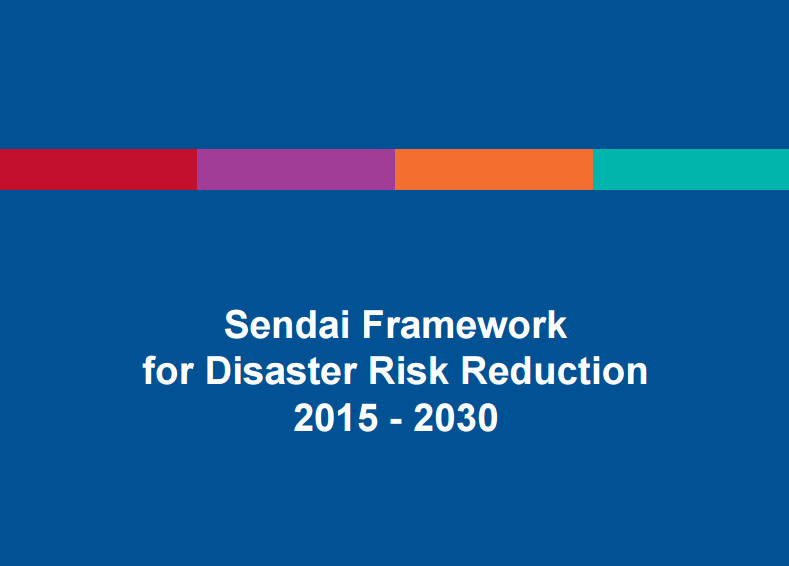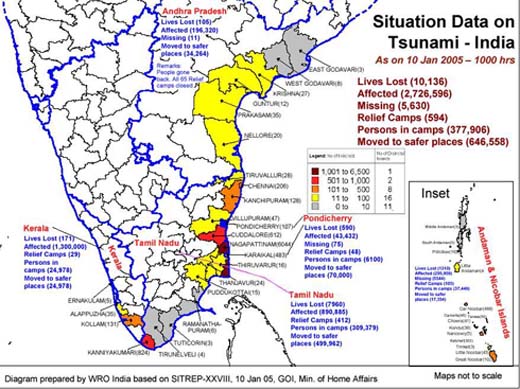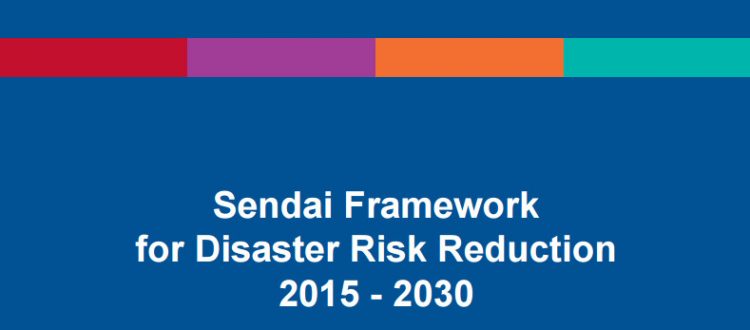What is Sendai Framework? (Part 2)
Background
The second of the World Disaster Reduction Conferences at Kobe, Hyogo, Japan, in Year 2005 was particularly symbolic ( poignant) as was being held exactly 10 years, to the day, after the Great Hanshin Earthquake of 17th January 1995 . 6,400 people had lost their lives, with 4,600 from Kobe alone. The city with a population of 1.5 million had to be practically rebuilt.
But the devastating Indian Ocean Tsunami, just a month before on 26th December 2004, generated immense International interest in this conference. The Sumatra–Andaman earthquake (the third strongest ever recorded) caused a series of devastating tsunamis along the coasts bordering the Indian Ocean, killing 230,000 people in 14 countries, and inundating coastal communities with waves up to 30 meters (100 ft) high. It was one of the deadliest natural disasters in recorded history. Indonesia was the hardest-hit, followed by Sri Lanka, India, and Thailand.
The attendance grew dramatically with the intense focus of the international media, with more than 4,000 participants from around the world. During this conference the ‘Hyogo Framework for Action 2005-2015: Building the Resilience of Nations and Communities to Disasters (HFA)’ – a ten year plan to make the world safer from natural hazards – was negotiated and adopted by 168 countries.
The goal of the World Conference was to define a global blueprint to substantially reduce the heavy disaster losses, in the social, economic and environmental assets of communities, and ultimately of human lives.
The plan explains and describes in detail the work required by all different sectors and actors to achieve this goal. It explains, describes and details the work required by different parties’ government, international and local agencies, disaster experts and many others and bring them into a common system of co-ordination.
The Hyogo framework marked a fundamental change in tackling disasters. Earlier focus used to be on response after the disaster. Instead, Hyogo Framework set out a comprehensive approach including prevention and preparedness measures. It defined five priority areas for action, marking disaster risk reduction as a national and local priority.
A worthy achievement was the plan adopted to put in place an ‘International Early Warning Program (IEWP).’ Advance Tsunami warnings will allow people to evacuate safely in time and drastically cut down loss of life. ‘The Pacific Rim Tsunami Warning System’ is a cost effective example. Its yearly operating cost is approximately US$ 4 million (Rs 26.4 crores). The International Aid donations after the 2004 Indian Ocean Tsunami were in excess of US$ 8 billion (Rs 5280 crores) .The yearly operating cost of a hypothetical global warning system is estimated at US$30 million (Rs 198 crores ) . Indeed this is a cheap price to pay in comparison.
One wonders, how many lives could have been saved in when the Indian Ocean Tsunami struck in Y2004, if such a system had been in place?


Links :
https://www.unisdr.org/we/coordinate/hfa
http://www.wmo.int/pages/prog/drr/resourceHFA_en.html
http://www.ifrc.org/Global/hyogo-framework-federation-en.pdf

